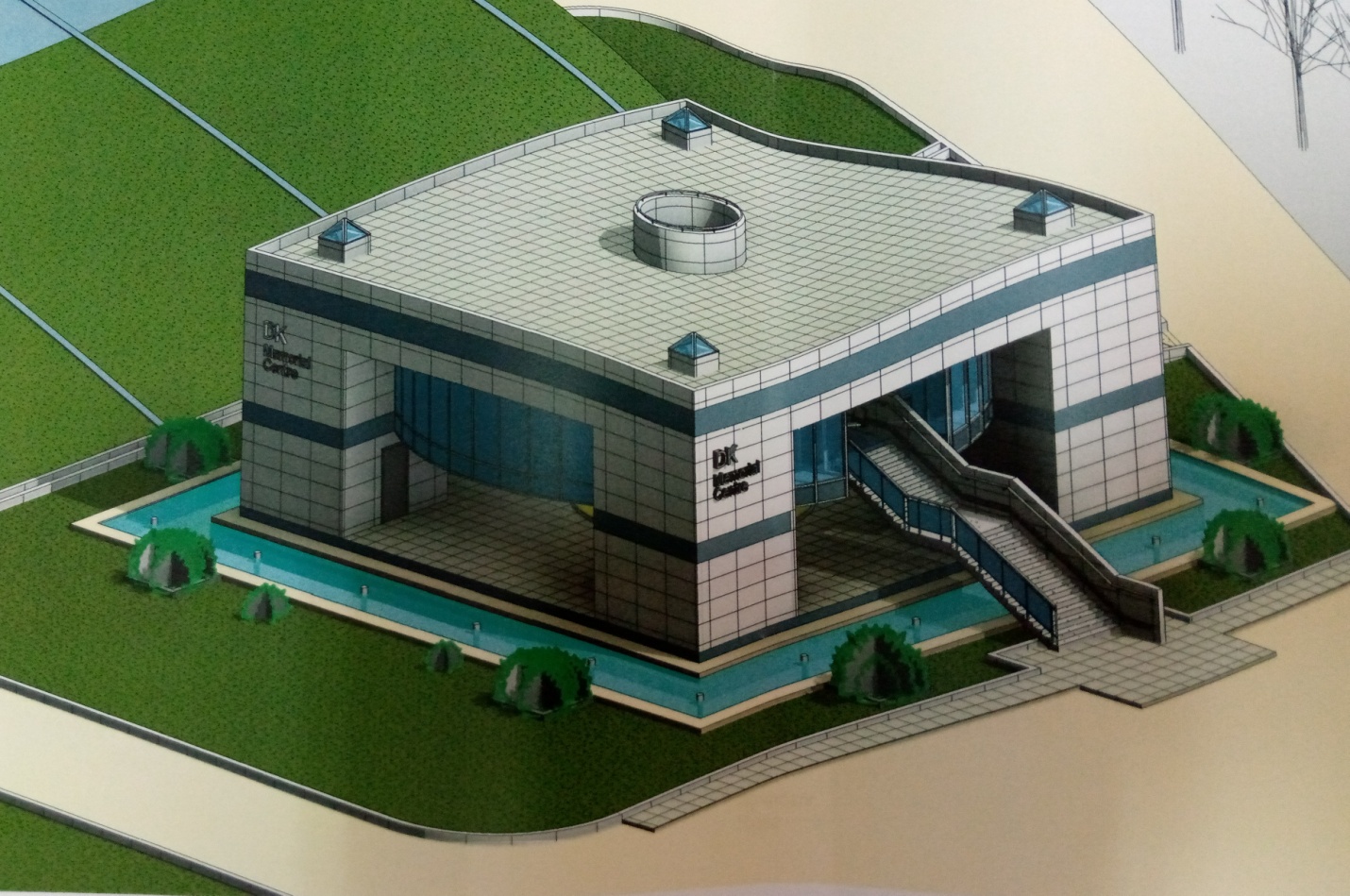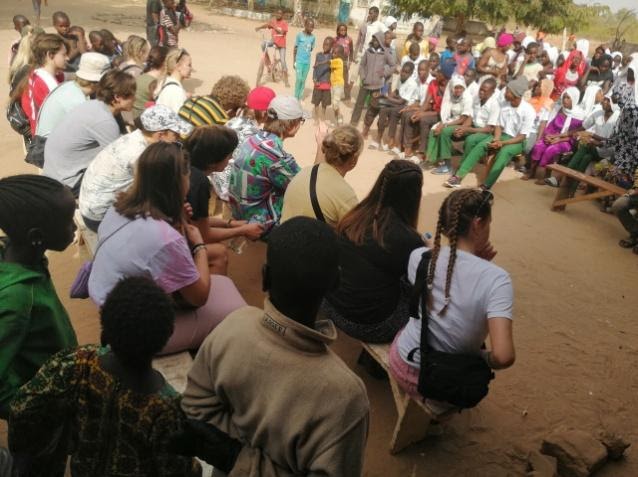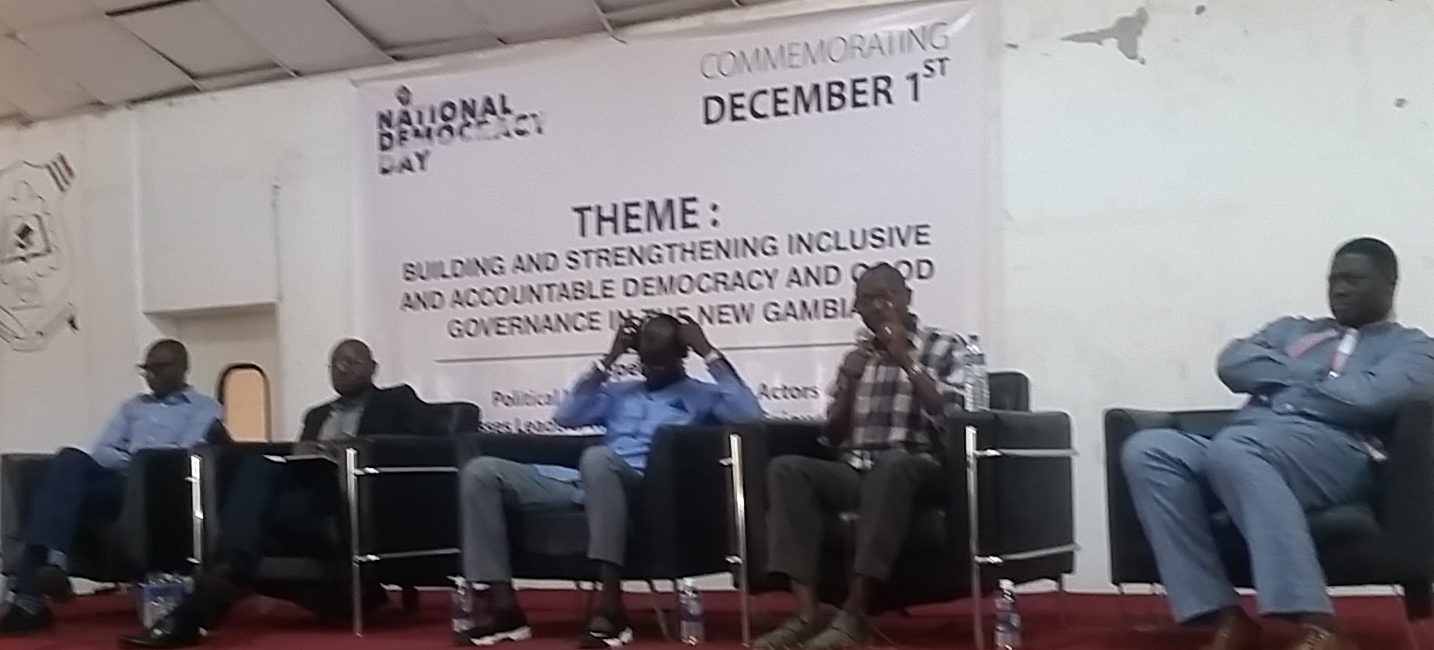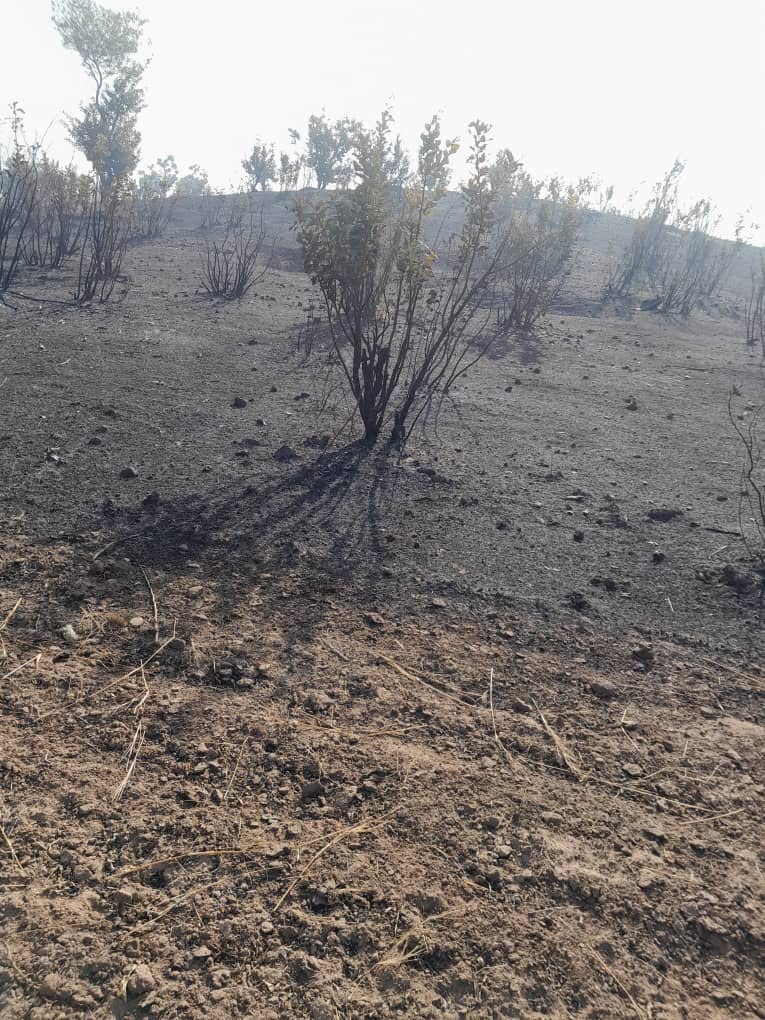By Yunus S Saliu
The about-to-complete late President Sir Dawda Kairaba Jawara Mausoleum known as DK Memorial Centre has been tipped to attract more national and international tourists, visitors, and individuals to destination Gambia.
The D25 million mausoleum and memorial under construction but approaching the completion stage is located at the ground of the National Assembly premises, a place described as “a perfect setting for a memorial of this type to our founding father who had a strong and unshakable believe in multiparty democracy, in human rights, and the rule of laws,” Hassoum Ceesay, Director General of National Centre for Arts and Culture (NCAC) described the location of the mausoleum.
In a brief interview, the DG Ceesay noted that the location, NA, symbolizes democracy at work, political pluralism, and the power of the people “so that’s why when he passed away I was contacted at a very high level to offer my advice on the most suitable place for him to be intact and I suggested a site in the National Assembly just to remind future generation of the great work of Alhaji Sir Dawda Kairaba Jawara who had made the Gambia a respected member of an international community largely, despite our small size, because of democratic credentials.”
He reflected that after he was buried in August 2019 the Gambia government decided to embark on this great infrastructure project to have a mausoleum that will consist of a memorial museum, library, restaurant, and office space in his honour.
Mr Ceesay noted the role played by NCAC, representing the Ministry of Tourism and Culture, in the ongoing project as the centre worked with the Ministry of Works and other stakeholders while disclosing that “His Excellency President Adama Barrow takes this project as a priority that’s why he visited it recently to see the progress of the work and the contractor is doing a wonderful work for the infrastructure.”
More so, “The contractor has volunteered to even accompany us to equip the facility so that when he’s handing over it will not be an empty building but a fully furnished one. This will be left for NCAC to elaborate and design a fitting museum exhibition that will showcase an aspect of the life of late president Alhaji Sir Dawda Kairaba Jawara,” he explained.
Hassoum Cessay, among other things, said the impact of the mausoleum in terms of tourism and culture will be enormous this includes being a permanent reminder to the present and future generations about the very important work that Alhaji Sir DKJ did to strengthen the Gambia democracy and the gift of the country a good name at a time when the norm in Africa and the rest of the world was military dictatorship tyranny, single-party state, single radio station state, and single newspaper state.
He said all these will be reflected in the museum, secondly, the mausoleum will be like an education centre on the lifetime of Sir DKJ so that primary, secondary schools, and university students, and researchers will all be going there to read and be able to have reflective materials on the life and times of Sir DKJ as leader of the Gambia from May 1962 to July 22nd, 1994.
And thirdly, “this project will also be a tourism attraction that’s very important because Sir Dawda Kairaba Jawara’s name is very known throughout the world so a lot of people will like to come in sort of immerse his works through the photographs and the objects and other materials that will put on for the exhibition. And of course, it is also going to create employment of at least 20 direct jobs when the place is a full function, this will include attendants, tour guides, restaurant workers, librarians, and security officers, among others.”
Linking the place with other tourist attractions in Banjul, he said there can be a trail in form of visiting the National Assembly and a throw of stone walk to the mausoleum then to Arch 22nd from there to National Museum and moving away from there to the Colonial Relics in McCarthy Square to visit the Secretariat. More so at the Secretariat, you can see things like the Clock Tower, and Cholera Epidemic Obelisk.
There can be a trail on that which is very important so that when you visit the National Assembly you will visit the Mausoleum then you will move to Arch 22nd because there is a connection with all that the Arch represents then proceed to National Museum in Banjul and move on to the Colonial relics in McCarthy Square to visit the Secretariat and as well see things like the Clock Tower, Cholera Epidemic Obelisk, the Bathurst Memorial Royal West African Frontier Force, visit the surround of State House, Albert Market and a walk through the capital City of Banjul.





